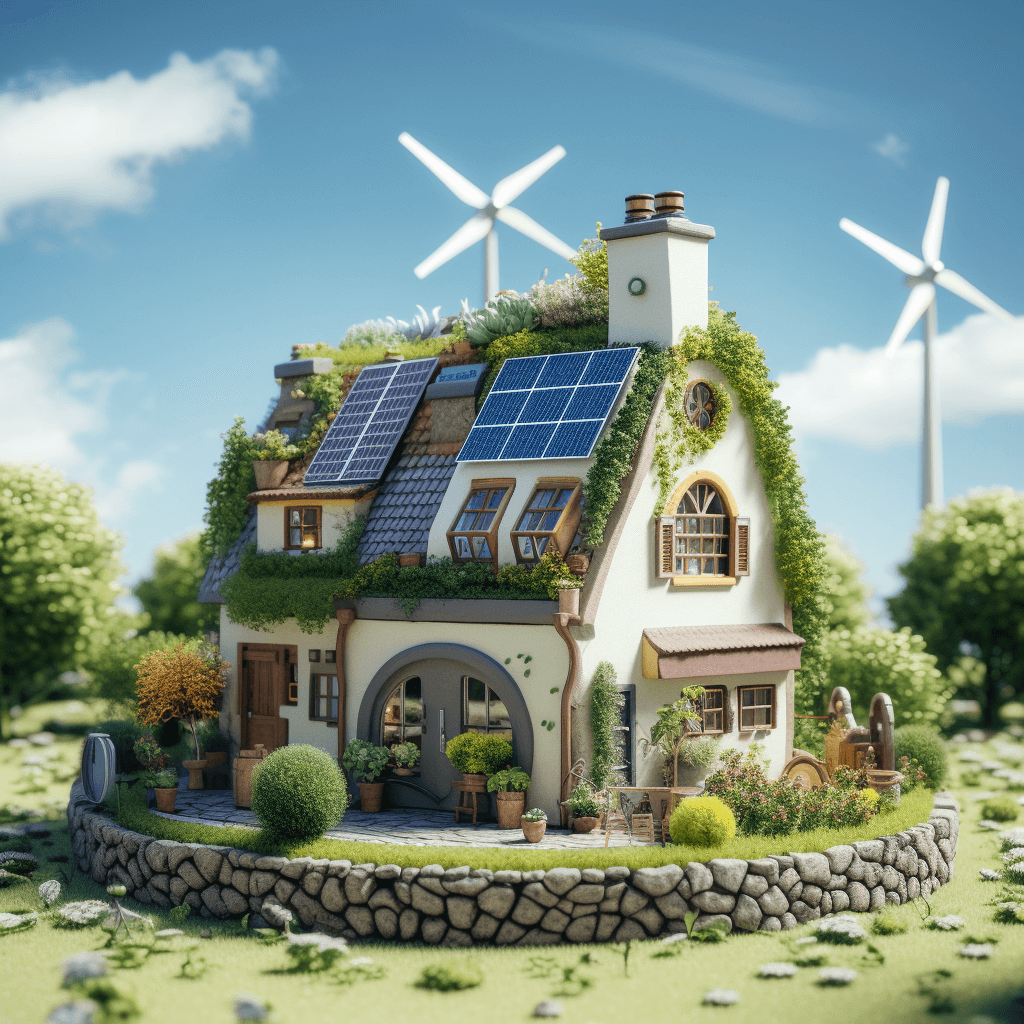As the world becomes increasingly conscious of the impact of human activities on the environment, adopting eco-friendly practices at home has never been more important. Energy conservation is a vital component of these efforts, allowing us to reduce our carbon footprint, lower utility bills, and contribute to a more sustainable future. In this article, we explore a range of energy-saving techniques that you can easily implement within your household, from simple behavioural changes to smart technology solutions.
Efficient Lighting
- Switch to LED Bulbs: Replacing traditional incandescent bulbs with energy-efficient LED bulbs can save up to 80% on lighting costs. LEDs are not only long-lasting but also emit less heat.
- Use Natural Light: Make the most of natural daylight by positioning furniture and workspaces near windows. Open blinds and curtains during the day to reduce the need for artificial lighting.
Smart Heating and Cooling
- Programmable Thermostats: Install a programmable thermostat to regulate your home’s temperature based on your schedule. Lowering the thermostat a few degrees in winter and raising it in summer can significantly reduce energy consumption.
- Seal Leaks: Inspect doors, windows, and any potential air leaks for drafts. Properly sealing gaps and cracks can prevent heat loss during colder months.
Water Conservation
- Fix Leaks Promptly: A dripping faucet or a running toilet may seem minor, but they can waste a surprising amount of water over time. Repair leaks as soon as you notice them.
- Install Low-Flow Fixtures: Replace old showerheads and faucets with low-flow alternatives. These fixtures maintain water pressure while using less water, reducing both water consumption and energy required for heating.
Energy-Efficient Appliances
- Energy Star Appliances: When it’s time to replace household appliances, opt for those with the Energy Star label. These appliances are designed to use less energy without compromising performance.
- Unplug Devices: Many electronic devices continue to consume energy even when turned off. Use power strips and unplug devices when not in use to prevent “phantom” energy consumption.
Harness Solar Power
- Solar Panels: If feasible, consider installing solar panels on your property. Solar energy can significantly reduce your reliance on traditional energy sources, leading to long-term savings.
- Solar Water Heating: Solar water heaters use sunlight to heat water for domestic use. They are particularly effective in sunny climates and can reduce water heating costs.
Reference Websites:
Conclusion
By incorporating these energy-saving practices into your daily routine, you can make a positive impact on the environment while also enjoying the benefits of reduced energy bills. From making simple adjustments to adopting advanced technologies, the journey towards a greener home begins with small steps. Let your commitment to sustainability inspire others to follow suit, creating a collective effort towards a more eco-friendly future.
